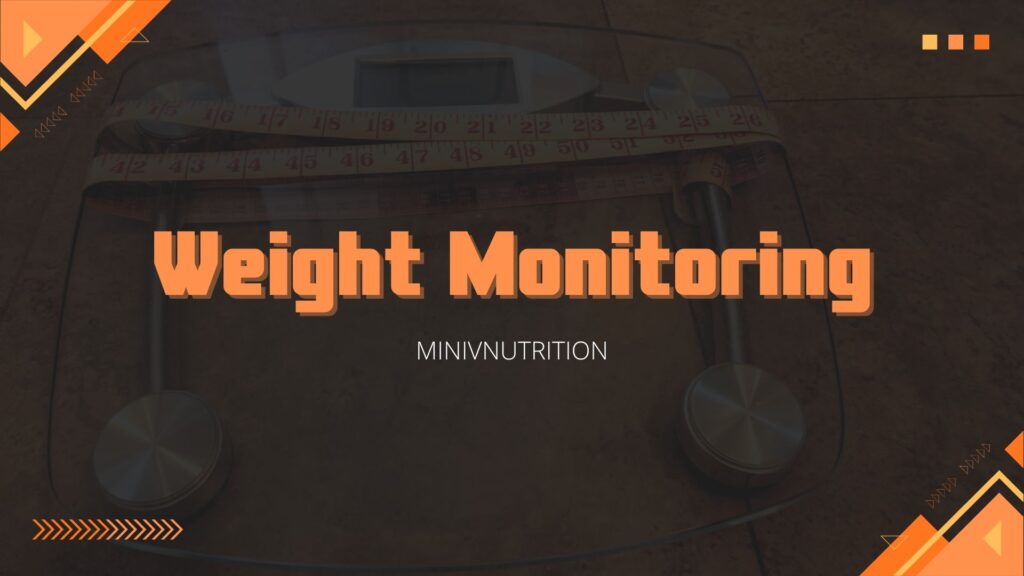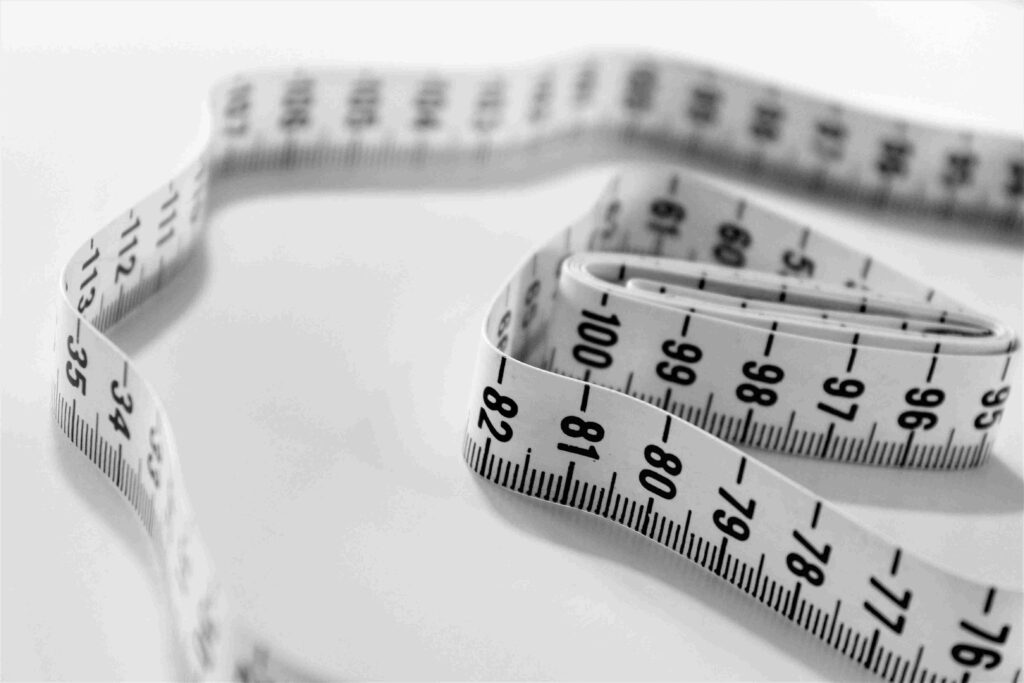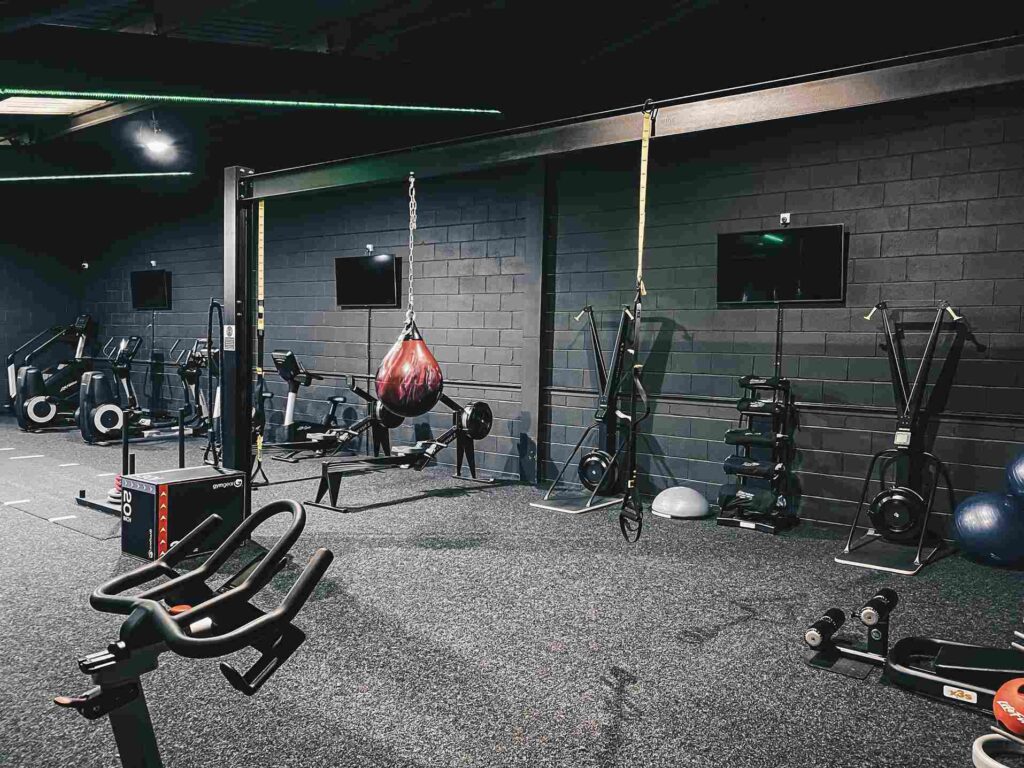Keeping track of your weight and body composition is essential for maintaining good health and achieving your fitness goals. While many people solely rely on a scale to monitor their progress, there are more accurate and informative methods available.
In this article, we will explore the concept of body composition, why it’s important, various ways to measure it, the pros and cons of each method, tips for accurate measurements, and how to choose the right method for your needs.

Table of Contents
Body Composition: What Is It and Why Is It Important?
Body composition refers to the percentages of fat, muscle, bone, and water in your body. It’s a more comprehensive measure of your health and fitness than simply tracking your weight. Understanding your body composition helps you distinguish between fat loss and muscle gain, leading to more informed decisions about your diet and exercise routine.
Different Ways to Measure Body Composition
1. Body Mass Index (BMI)
- Pros: Simple and quick to calculate.
- Cons: Doesn’t differentiate between fat and muscle. Can yield inaccurate results for athletes or those with higher muscle mass.
2. Skinfold Calipers
- Pros: Affordable and easy to use. Provides a rough estimate of body fat percentage.
- Cons: Accuracy depends on the skill of the person using them. May not capture internal fat.
3. Bioelectrical Impedance Analysis (BIA)
- Pros: Non-invasive and relatively accurate for measuring body fat percentage.
- Cons: Accuracy can be affected by factors like hydration levels and food consumption.
4. Dual-Energy X-ray Absorptiometry (DEXA)
- Pros: Highly accurate and provides a detailed breakdown of body composition.
- Cons: Requires special equipment, exposure to low levels of radiation, and can be costly.
5. Hydrostatic Weighing
- Pros: Considered one of the most accurate methods for measuring body fat percentage.
- Cons: Requires submersion in water, which can be uncomfortable and challenging for some individuals.
6. Air Displacement Plethysmography (Bod Pod)
- Pros: Non-invasive and highly accurate. Provides a detailed analysis of body composition.
- Cons: Requires specialized equipment and may not be readily available.

How to Choose the Right Method for You
Accurately measuring body fat is essential for tracking fitness progress and health goals. The method you choose should align with your objectives, accessibility, budget, and comfort level. Here’s a comprehensive guide to help you select the right body fat measurement method for you:
1. Consider Your Goals
Fat Loss Tracking: If your primary goal is to monitor fat loss or gain in a general sense, methods like skinfold calipers or bioelectrical impedance analysis (BIA) may be sufficient. These methods provide reasonably accurate estimates of body fat percentage and are practical for regular monitoring.
Precision and Detail: Athletes, bodybuilders, or individuals seeking highly precise data may opt for methods that offer greater accuracy and detail, such as Dual-Energy X-ray Absorptiometry (DEXA) or hydrostatic weighing. These methods provide comprehensive insights into body composition and can pinpoint fat distribution.
2. Accessibility
Availability: Choose a method that is readily available and convenient for you. For regular monitoring, accessibility is crucial. Methods like BIA scales or skinfold calipers can be easily used at home or at a local fitness center, enhancing convenience.
Professional Services: For more advanced methods like DEXA or hydrostatic weighing, you may need access to specialized clinics or facilities. Consider whether these options are accessible in your area.
3. Budget
Affordability: Body fat measurement methods vary in cost. Some, like skinfold calipers or BIA scales, are relatively affordable and accessible for most individuals. Conversely, methods like DEXA or hydrostatic weighing tend to be more expensive. Factor your budget into your decision-making process.
4. Comfort
Personal Comfort: Consider your comfort level with the chosen method. Some individuals may be uncomfortable with certain procedures, such as submersion in water for hydrostatic weighing or the use of radiation in DEXA scans. It’s essential to explore alternatives if a specific method makes you uneasy.
Ease of Use: Evaluate the ease of use and convenience of each method. Methods like BIA scales or skinfold calipers are user-friendly and do not require specialized training, making them suitable for self-monitoring.
5. Consistency
Consistency in Measurement: To accurately track changes in body fat percentage over time, it’s crucial to choose a method that you can consistently use. Irregular measurements or switching between methods can lead to inconsistent data.
6. Accuracy vs. Precision
Accuracy vs. Precision Trade-Off: Keep in mind that while some methods may provide high accuracy, they may not always be practical for frequent monitoring due to cost, accessibility, or time constraints. In contrast, less accurate but more accessible methods can still offer valuable insights when used consistently.
Tips for Accurate Measurements
- Consistency: Use the same method consistently to track changes over time.
- Hydration: Stay adequately hydrated for more accurate results, especially with BIA.
- Timing: Measure at the same time of day and under similar conditions each time.
- Professional Assistance: For methods like skinfold calipers, seek the expertise of a trained professional for accurate measurements.

Monitoring your weight and body composition is crucial for understanding your health and fitness progress. While various methods are available, each has its advantages and limitations.
Choose the method that aligns with your goals, budget, and accessibility. Remember that consistency and proper technique are key to obtaining accurate measurements and making informed decisions about your health and fitness journey.


